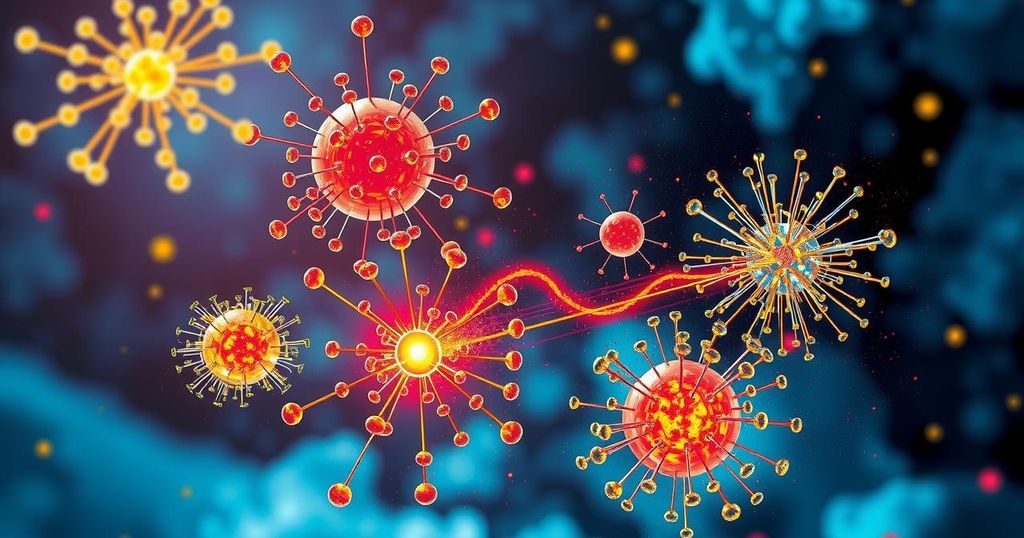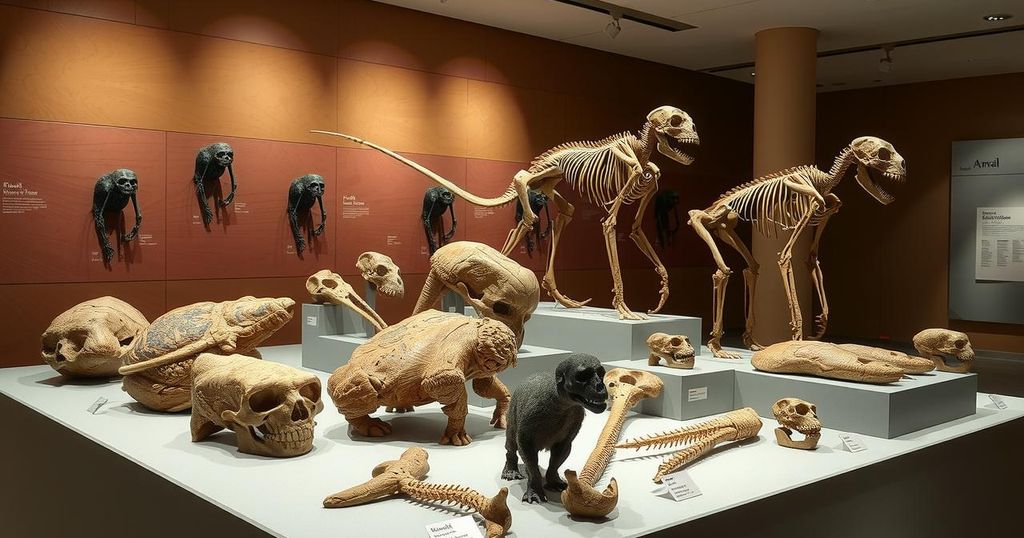Physicists Discover Rarest Particle Decay, Challenging Standard Model
Physicists have discovered the rarest particle decay involving kaons, potentially challenging the standard model of particle physics. This “golden channel” decay occurs approximately 13 times in 100 billion attempts, and while the findings slightly exceed model predictions, they remain consistent with current theories. NA62 at CERN continues to gather data to clarify these results and explore new physics.
In a groundbreaking discovery, physicists have unearthed the rarest particle decay ever documented. This phenomenon revolves around a specific type of particle known as kaons, and its implications might challenge the existing standard model of particle physics—a cornerstone theory that explains the behaviors of subatomic particles. Dubbed the “golden channel,” this decay is significant because its occurrence rate is predicted with remarkable precision by the standard model itself.
The NA62 experiment, currently making waves at CERN near Geneva, is the primary vehicle for studying this elusive decay. Essentially, it collides high-energy protons with a target to observe kaons and the products of their decay. According to a recent report from the NA62 team, these kaons exhibit the golden channel decay roughly 13 times in every 100 billion attempts.
Cristina Lazzeroni, a particle physicist from the University of Birmingham, highlighted the rarity of this decay, suggesting that the occurrence is about 50% more frequent than what the standard model would typically predict. “But, given the precision of the measurement, that is still consistent with the standard model, at this moment,” she clarified, hinting at the intriguing complexities underlying these findings.
The golden channel decay is unusual in that it results not only in a pion but also in two electrically neutral particles: a neutrino and its antimatter twin, the antineutrino. To put things in perspective, the decay process commonly seen for charged kaons typically produces a neutrino and a notably heavier particle, the muon.
Previously, NA62 hinted at the presence of the golden channel decay, but the latest measurements achieved the benchmark known as five sigma, which essentially cements a discovery in the world of particle physics. This level of statistical significance means researchers can be nearly confident that they’ve stumbled upon a genuine phenomenon rather than mere statistical fluke.
Looking ahead, the NA62 team is committed to gathering more data and refining their measurements. This future work should provide more clarity on the validity of the standard model. Additionally, another group, known as KOTO, is on a parallel track to investigate a different kind of rare decay involving kaons. The stakes are high, as these findings may usher in a new era of understanding within the realm of particle physics.
This discovery of the golden channel decay among kaons represents a significant step forward for particle physics. While it aligns closely with the predictions of the standard model, it also raises questions that may lead to further exploration and, potentially, a reevaluation of existing theories. The ongoing research by both the NA62 and KOTO teams could unlock new insights into the fabric of our universe.
Original Source: www.sciencenews.org




Post Comment